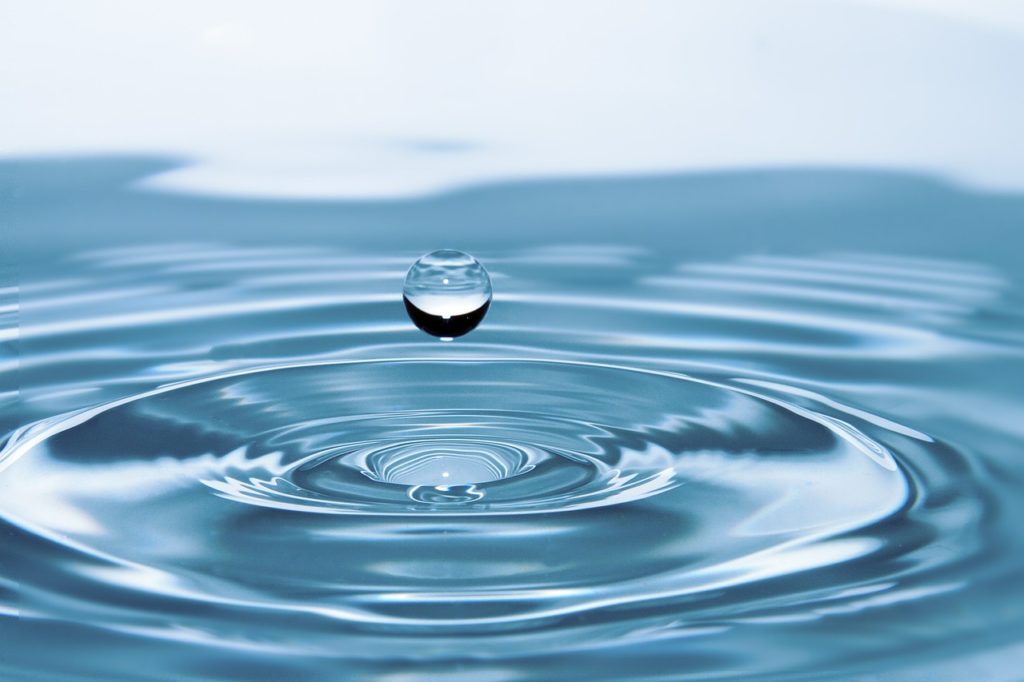Nature, for all its genius, is inherently lazy. Living organisms appear to have two priorities — survive long enough to reproduce and spend as little energy as possible doing so. Over generations, a species will make small tweaks to better adjust itself to survive to its environment. There are analogies to this in our human-scale world, like the way a business cuts costs to stay lean, or how we engineer tools to make us as productive as possible for the least human cost.
These small tweaks have ultimately lead to some pretty ingenious, nature-based solutions to the problem of reducing energy use. The living world has solved problems we struggle with, like harnessing the energy of the sun (photosynthesis), self-healing (wounds), flying, etc.. There is a lot we can learn from nature’s feats of engineering. So much so, that there is a scientific discipline for it. Biomimicry is the study of biologically-inspired engineering. In this field, we attempt to replicate systems in nature to build meaningful inventions.
One great example of a tool inspired from nature is water filtration. Water is necessary for life, but so most of the water on Earth is in the form of oceanic salt-water. A sustainable freshwater supply is huge problem facing humanity. Extreme droughts have plagued regions across the US Midwest, California, Australia, the Middle East, India, and China in just the past few decades. The consequence of drought is devastating: lower crop yields, unpredictable food and water prices, famine, social unrest, wildfires, and the increased concentration of harsh chemicals into soils and food chains, to name a few.
The latest cutting-edge water filtration technique comes from a biochemistry process that predates even dinosaurs. It involves harnessing aquaporins, a protein in cell membranes which are present in all living things. We have this protein in most of our cells, especially in the kidneys where they reabsorb water and filter out urine. Aquaporins are essential to life because they efficiently and selectively allow water and other small molecules to pass through the cell membrane. [1. http://www.cell.com/biophysj/fulltext/S0006-3495(16)34201-1.] , [2. http://www.sciencedirect.com/science/article/pii/S0376738816311541.] , [3. http://www.sciencedirect.com/science/article/pii/S0011916416314801.]
Aquaporins work by luring in water through a channel and then “shoot” the water out the other side. The incredible property of the aquaporin molecule is its ability stop passage of contaminants including bacteria, viruses, minerals, proteins, dissolved gases, salts, and detergents, all without preventing the passage of water. The discovery of the aquaporin by scientist Peter Agre, was given the 2003 Nobel Prize. Perhaps the most impressive example of aquaporin use is the Mangrove plant. These unique trees live in marshes on coastlines, where ocean-water is notoriously harsh to freshwater plants. Their roots have several layers of aquaporin proteins to filter out 90% of the salt in the surrounding seawater, allowing them to thrive in a niche that would kill similar plants.
Researchers at the University of Illinois have developed a thin membrane embedded with aquaporin molecules which can be used for water desalination. These transport water significantly more efficiently than reverse osmosis. The researchers built the membranes using a polymer that forms hollow spheres called vesicles. While the polymers naturally self assemble, the researchers add in the aquaporin to the vesicles.
Private companies have built on this membrane technique, developing products on the market today. One company with offices in Denmark and Ohio, Mangrove Membranes, is developing techniques to mass-produce aquaporins in growing chambers called bioreactors. Their goal is to “improve filtration efficiency by a factor of 5–10”. Increasing efficiency by this amount will simultaneously reduce the cost and the environmental impact of of the technology, especially when used for energy intensive purposes such as removing salt from seawater. They also develop their own aquaporin membranes using the same technique developed by the researchers at the University of Illinois.
Reliable, clean running water is something we have come to expect when opening up the tap, and the engineering required to bring it to us is constantly improving. As populations grow and water demand increases, these new technologies will play a large role in ensuring we can sustainably meet our growing demands for that precious molecule that gives life.


